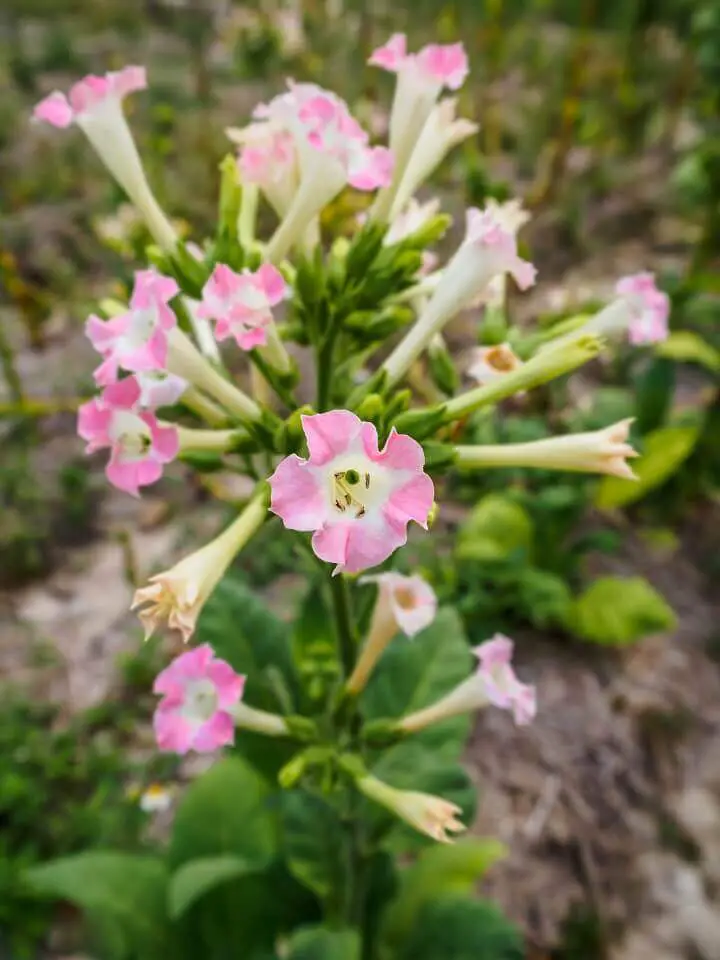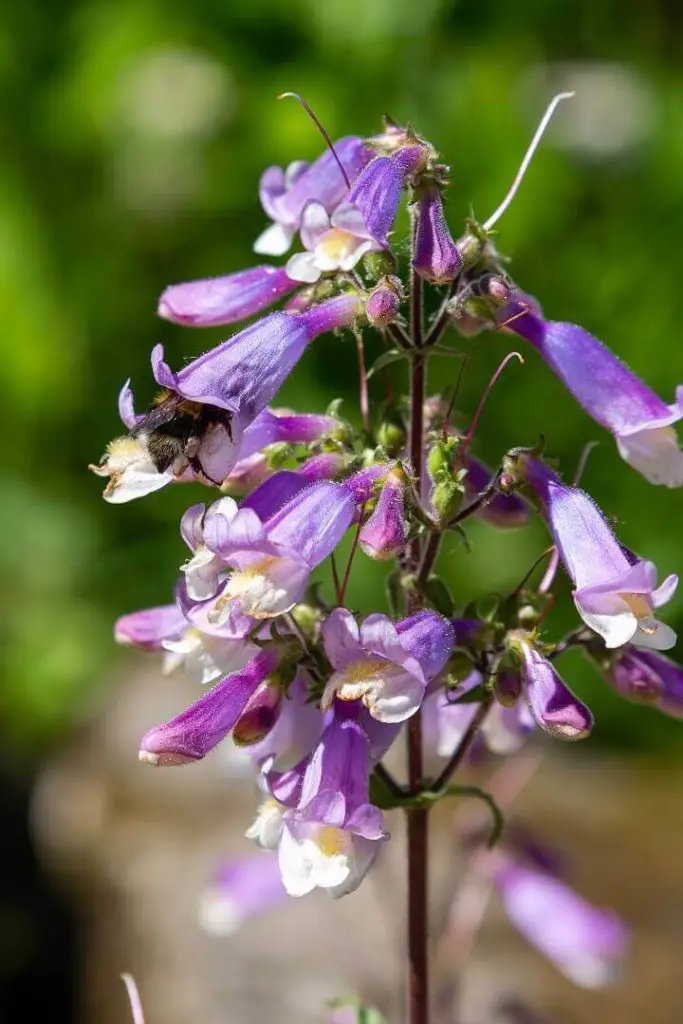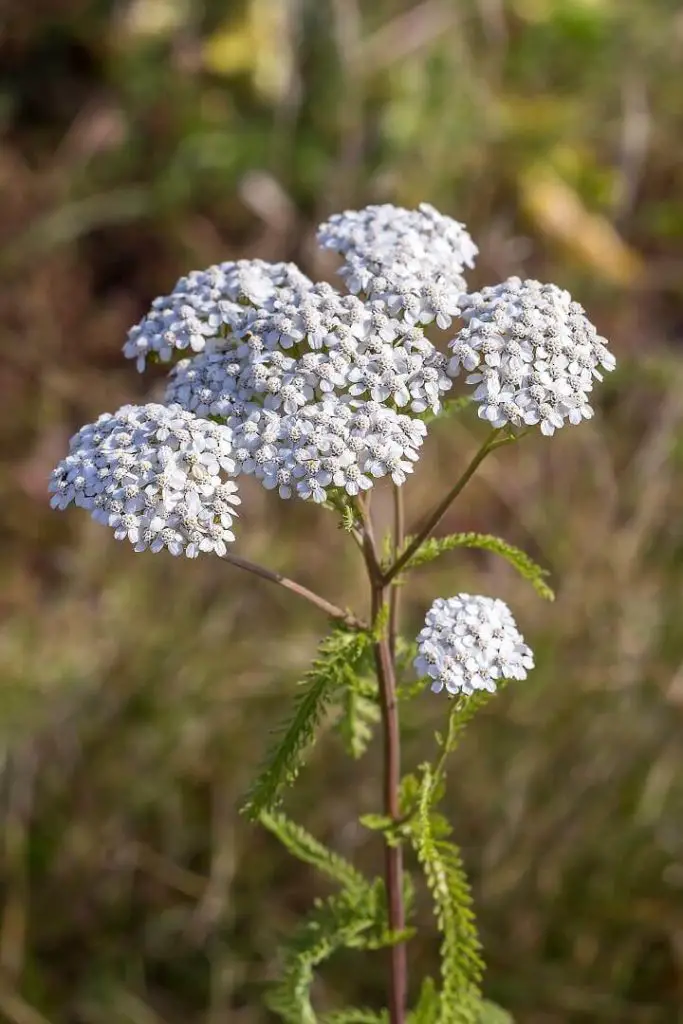Estimated reading time: 8 minutes

If you have been prepping for any length of time, you will know that planting a survival garden is a high priority for self-sufficiency. You probably also already know which plants give you the best yields and which grow well in your climate.
What you may not hear as much about is an essential group of plants – the pollinators. This plant group is an important addition to every garden, especially when you are depending on your survival garden for food, medicine, and more.
Want to save this post for later? Click Here to Pin It On Pinterest!
What Are Pollinator Plants?
Pollinator plants are named for their ability to attract beneficial insects, birds, and even animals to the garden. These pollinator creatures help your garden by moving from plant to plant, between blooms on a single plant, or even within a single flower itself. As they move, they gather and redistribute pollen.
With bees, this pollen collection and sharing is intentional. With other pollinators, it is just a happy byproduct of their wandering from plant to plant. This pollination or cross-pollination is vital for many plants for production and reproduction.
Pollinator plants do not fall into one single category. Some are grown for beautiful flowers. Some, like milkweed, are grown as food for a specific creature (Monarch Butterfly caterpillars), and others may be considered weeds in some applications.
No matter what style of gardening you do, you will have no problems finding pollinator plants to fit your space and purpose.
Why Are Pollinator Plants Important?
Pollinator plants help the survival gardener by bringing the beneficial pollinators to the garden, which in turn increases the production of the food and medicinal plants. The list of pollinating creatures is a lot longer than most people realize. Here are the most common with the bloom colors they prefer:
- Bees – blue, purple, and yellow with sweet scents
- Butterflies – most colors, except blue and green
- Moths – white and yellow, especially heavily-scented, night-blooming flowers
- Insects – wasps, flies, and beetles are attracted to a very wide variety of blooms
- Hummingbirds – orange, pink, red – tubular-shaped, unscented flowers
- Bats – white, green, or purple blooms and sweet-scented plants, including fruits
Some plants self-pollinate or depend on wind or water for pollination and may not need pollinators. But the majority relies on these creatures to ensure a more robust harvest. Many pollinator plants are perennials which means they will return each year. Others may spread by scattering their seed.
How to Add Pollinator Plants to Your Survival Garden
Adding pollinator plants to your survival garden is not a difficult task. Here are some easy steps to make it happen:
- Research your climate and find your USDA grow zone.
- Choose pollinator plants native to your area, check your local nurseries.
- Don’t depend on just one type of pollinator plant, grow as many as you can.
- Plant varieties that bloom at different times of the year to attract more pollinators.
- Plant your new pollinators in a variety of places around your garden.
- Place the pollinator plants in clumps to allow the pollinators to forage in one place.
- Avoid using any insecticides as pollinators are susceptible to poisons.
- Be patient, it may take a while for pollinators to locate your plants.
10 Best Pollinator Plants
Here are 10 of the best pollinator plants to add to your survival garden. Most of these examples grow in a wide range of climates and zones. Many of these plants also have multiple uses. The truth is, you may already have some of these beneficial plants.
1. Bee Balm

Bee balm is one of those multi-purpose plants that make pollinators and humans happy. People enjoy bee balm tea while the bees, butterflies, and hummingbirds fight over the sweet nectar. Lavender, pink, and red are just a few of the shades these beautiful flowers come in.
2. Borage

Bees can’t get enough of borage with its blue, star-shaped flowers. The flowers are edible and add great color and taste to summertime salads and drinks. Borage can be quite invasive as it readily reseeds. The chopped leaves are a great addition for the compost pile.
3. Calendula

Technically an herb, calendula has many medicinal properties along with gorgeous orange blooms. Bees, butterflies, and ladybugs are all attracted to this beneficial annual that happily reseeds itself every year.
4. Coneflower

Coneflower aka echinacea, should be a staple in every garden. This beautiful perennial comes in a variety of colors, has medicinal qualities, and attracts bees, butterflies, and birds. It is easy to grow and forgiving of poor soil conditions.
5. Milkweed

There are over 100 types of milkweed, which is good news for the endangered Monarch butterfiles. Monarchs depend on milkweed for their survival. Adults drink nectar from the blooms and lay their eggs on the leaves which will provide food for the caterpillars. Swallowtail butterflies are also fond of them.
6. Nasturtium

Nasturtiums are beautiful, come in dozens of colors, and are easy to grow. They are a magnet to hummingbirds, bumblebees, and many moths. The flowers and leaves are edible with the immature seedpods tasting like capers. Nasturtiums reseed freely and can spread quickly.
7. Nicotiana

Nicotiana or “flowering tobacco” is another plant with a wide variety of uses. The sweet-smelling, tubular-shaped flowers attract hummingbirds during the day and moths and bats at night. They come in a variety of colors, even lime green. Leaves from some varieties are used for rolling and smoking tobacco.
8. Penstemon

Bees and hummingbirds will thank you for planting penstemon. This hardy perennial comes in a variety of colors, heights, and shapes. With hundreds to choose from, nectar-rich penstemon plants are a must for your survival garden.
9. Sunflower

Sunflowers are the symbol of summertime with a wide variety of colors, bloom styles, and heights. The nectar from sunflowers attracts honeybees, bumblebees, and and butterflies while the seeds bring in songbirds and people!
10. Yarrow

Yarrow is an easy-growing plant with blooms in a variety of colors. It grows to about 3 feet tall and handles most soil and light conditions, coming back every year. Bees, butterflies, and ladybugs are all fans of yarrow.
Start Small, Grow Big
All it takes is one blooming plant to start attracting beneficial helpers to your survival garden. Of course, the more types and varieties you plant, the healthier and more robust your garden will be. Start now and see what a difference a single flower makes.
Like this post? Don't Forget to Pin It On Pinterest!











